
Telescope: Celestron C9.25 @ f/10, Orion Atlas EQ-G
Camera: QHY 168c, 0C
Filter: Orion Imaging Skyglow Filter
Guide scope: Astro-Tech 60mm, ASI290MM Mini, PHD2
Exposure: 80x30sec saved as TIFFs
Darks: 32x30sec saved as TIFFs
Flats: 32×0.050sec, tee shirt flats taken at dusk
Average Light Pollution: Red zone, fair transparency, bright moonlight
Lensed Sky Quality Meter: 17.8 mag/arc-sec^2
Stacking: Mean with a 2-sigma clip.
White Balance: Nebulosity Automatic
Software: Nebulosity, Deep Sky Stacker, Photoshop
M3 is a beautiful example of a globular cluster in a relatively lonely stretch of sky. The cluster is a member of the galactic halo and spends much of its time orbiting well outside the plane of the galaxy. It is presently 33,000 light years away from us, 40,000 light years from the galactic core, and 33,000 light years ‘above’ the galactic plane. Home to about 500,000 stars, M3 is relatively young as globular clusters go with an estimated age of 8 billion years.
M3 is currently well placed, high overhead as the sky darkens.
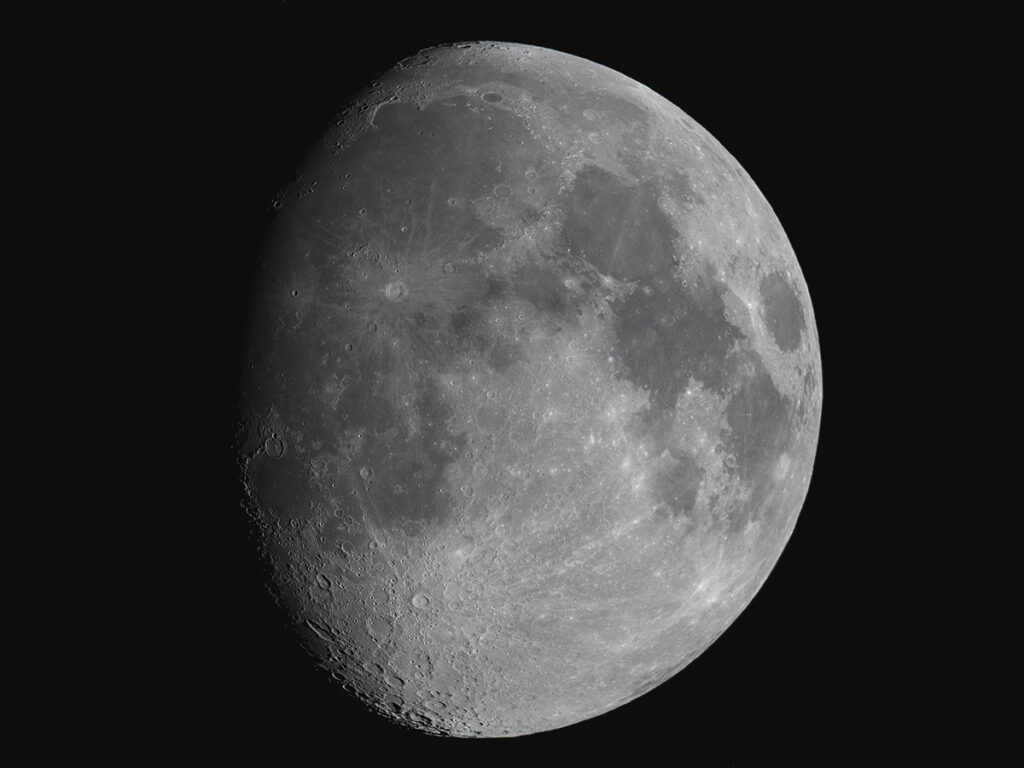


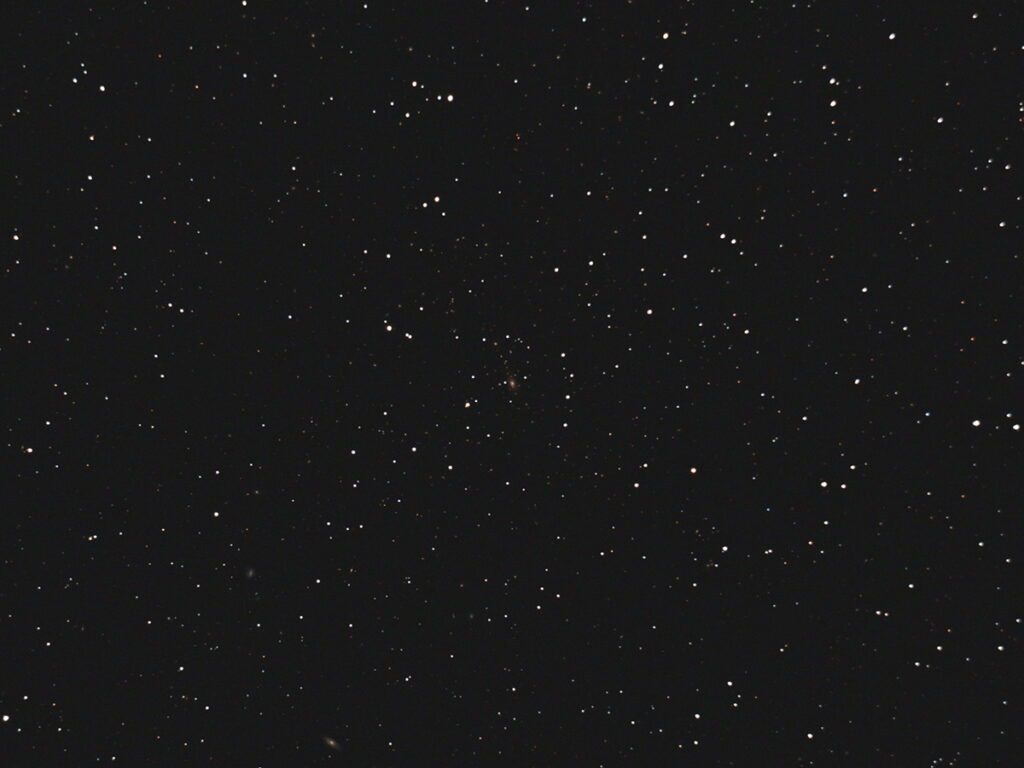
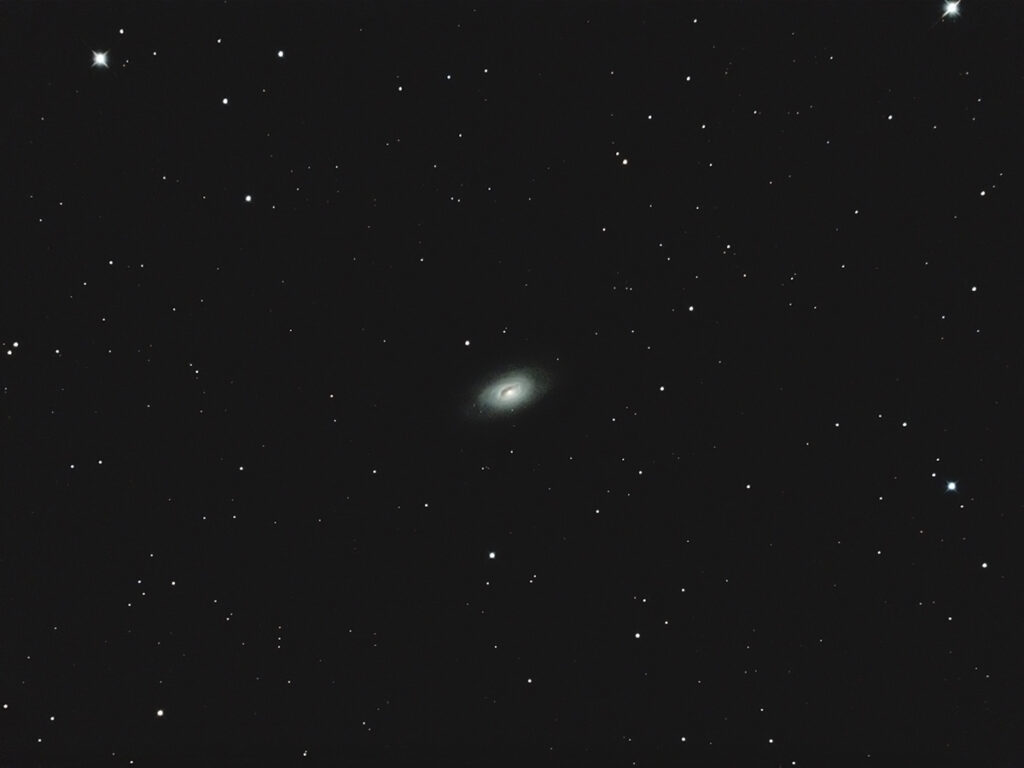
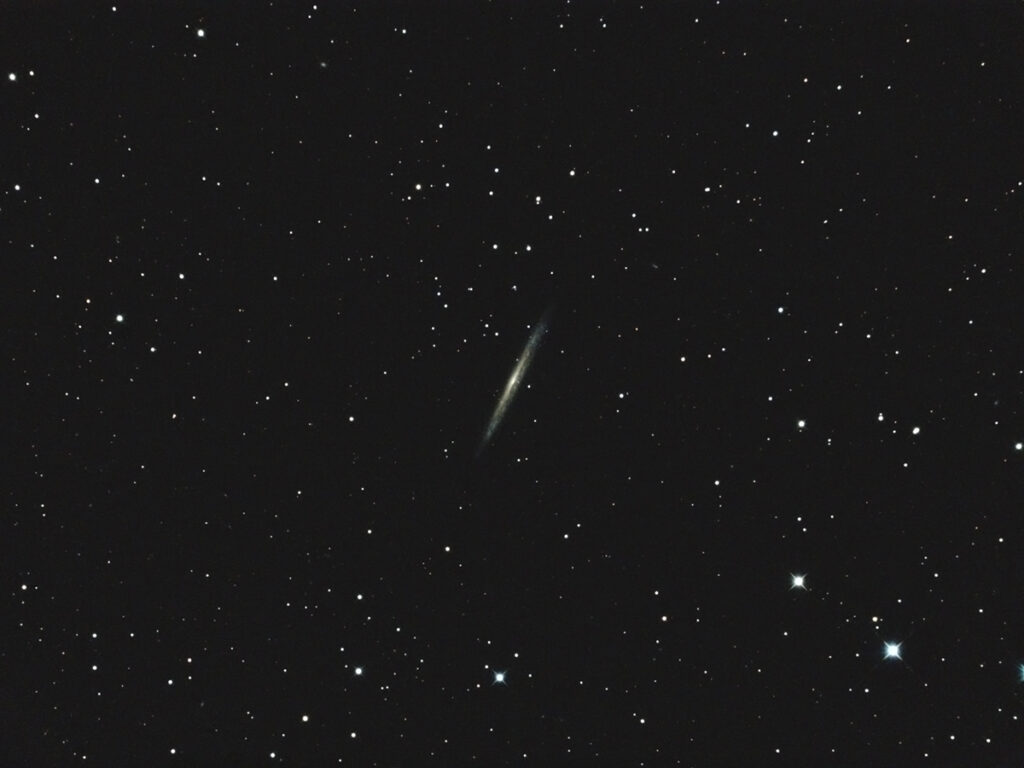
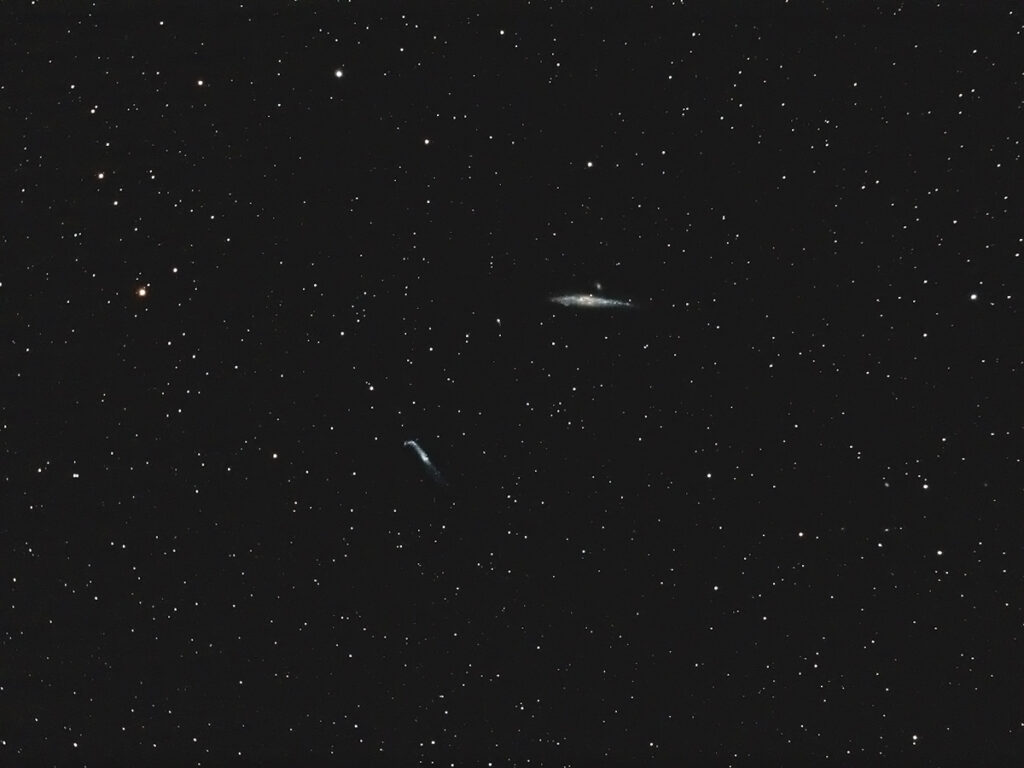
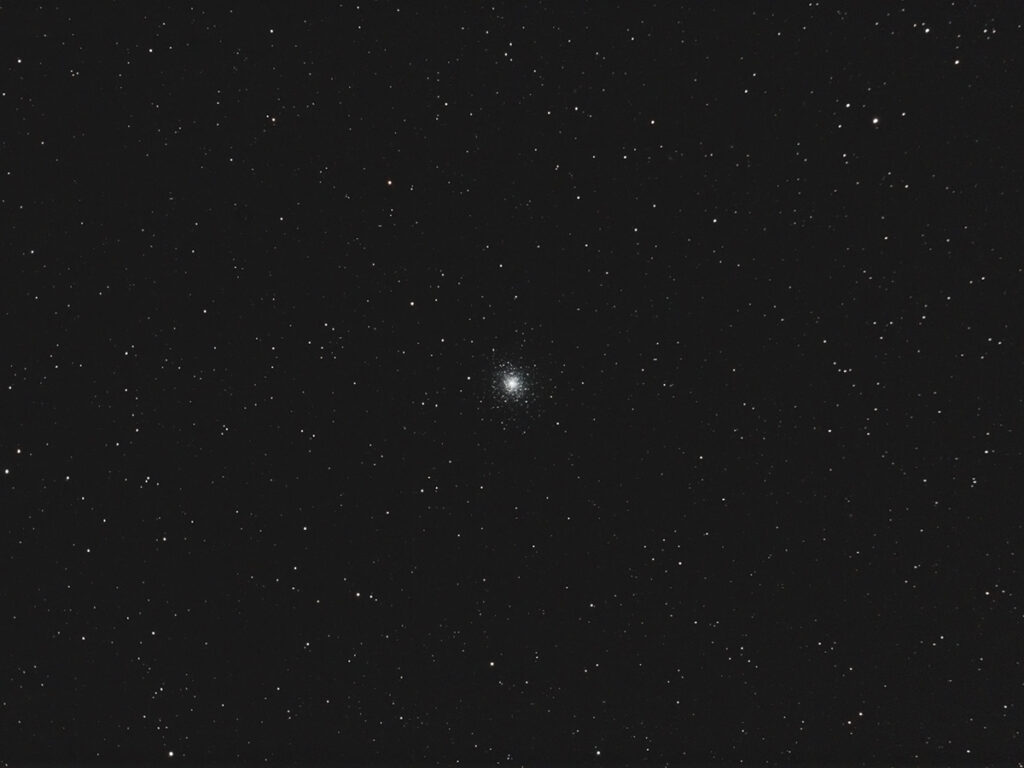
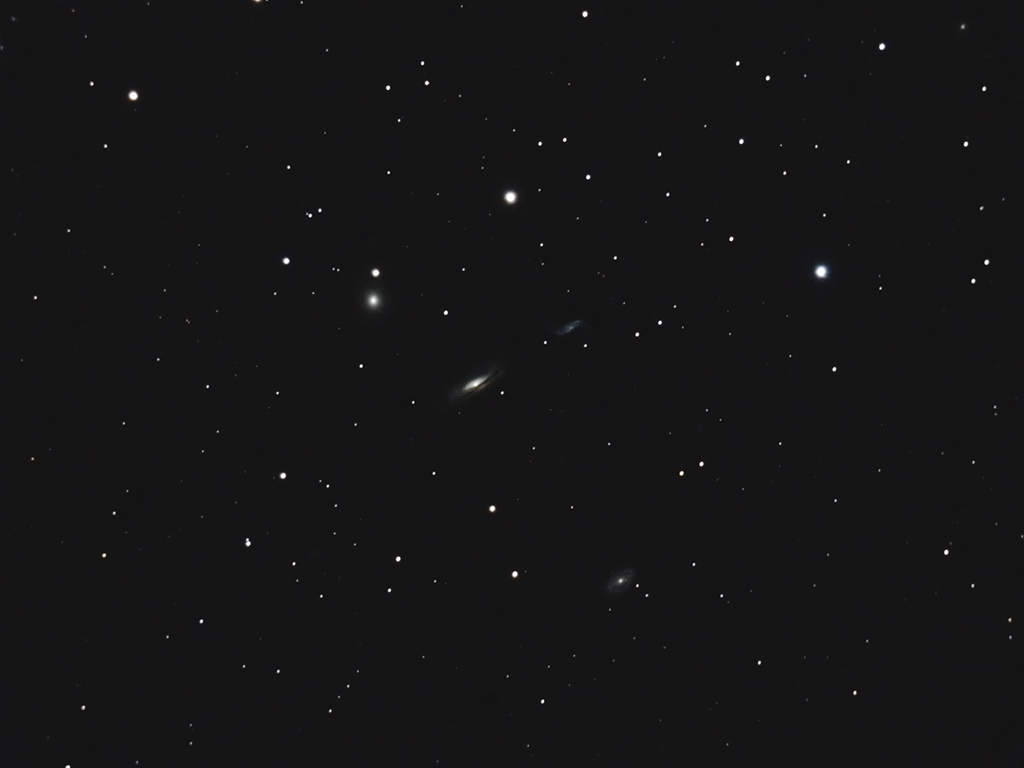
Recent Comments